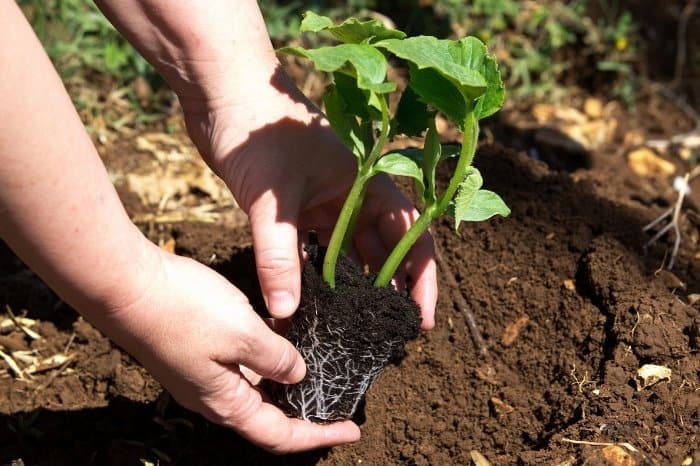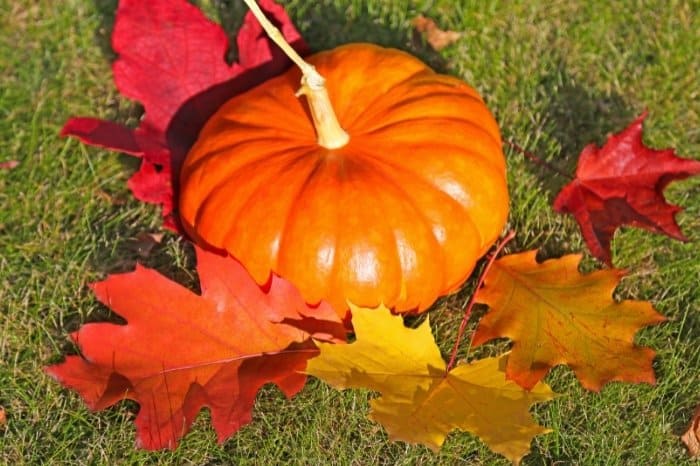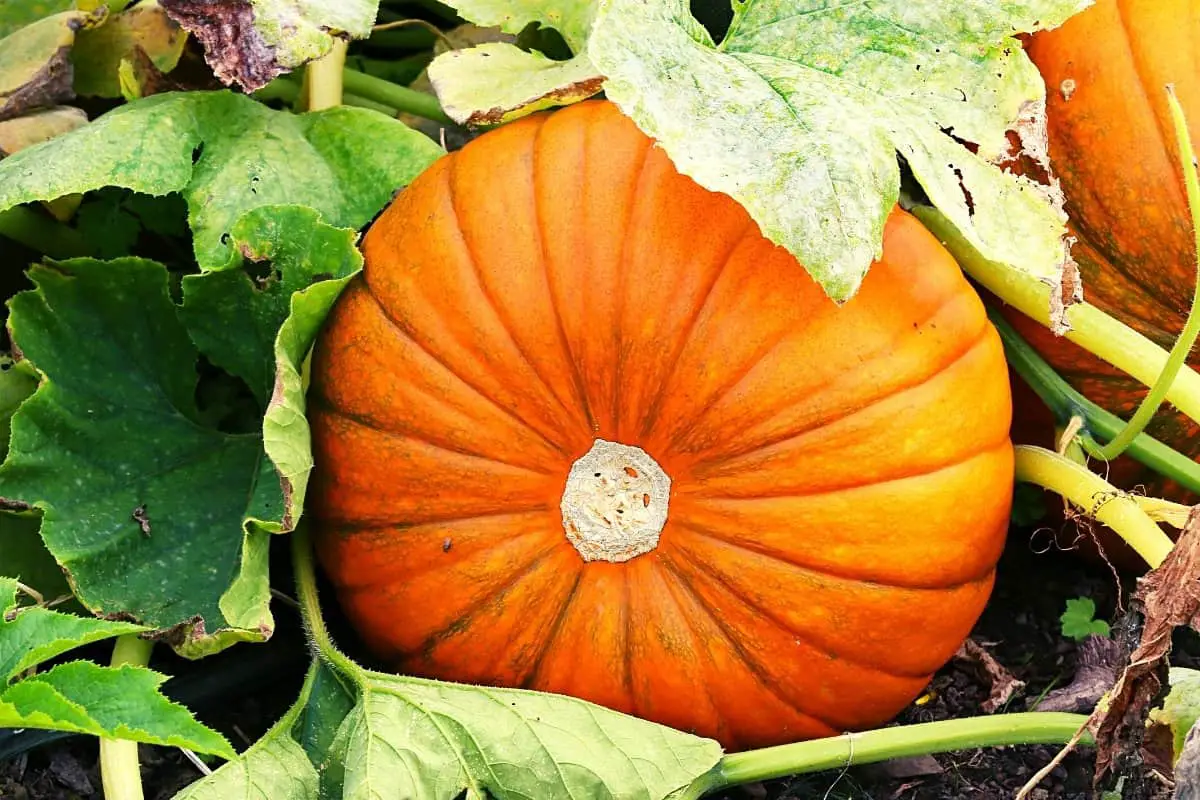Last Updated on January 26, 2022 by Fabiola L.
It is difficult to decide whether pumpkins are fruits or actual vegetables because it is not as savory and sweet to be classified under fruits. Pumpkins are fall’s staple that comes in different varieties and gives people and farmers endless options to choose from. Most pumpkins we know come in orange and white colors. Pumpkins also come in mini and large sizes. So you can carve them into your desired size, and they are also a good course of baking.
Buying pumpkins are good because it saves stress and time, but growing your pumpkins are much more fun and interesting. Growing plants take a lot of patience and time. You would need to check up on the plants, water them, and expose them to sunlight. Do other necessary activities so you can have a healthy plant and benefit from them. The same goes for pumpkins – they need as much care as every other plant, and their lifespan is one year.
How To Plant The Best Pumpkins?
Planting pumpkins is one of the fun activities there is. You can decide to contract a farmer or grow the pumpkins yourself. However, the way you decide to get your pumpkins is good. If you have experience in planting crops you should try growing some pumpkins for a new experience. The tips outlined below will guide you into planting the best pumpkins.

-
Decide On The Type Of Pumpkins To Plant
Pumpkins are easy to grow, but the first step to take is choosing the type of pumpkin you love. There are different types of pumpkins, and it might be difficult to make a choice about which to plant. Some types of pumpkins include Naked seed varieties, Giant pumpkins, Mini-pumpkins, Colorful pumpkins, Pie pumpkins, and Jack-o’-Lantern varieties. Make sure you go through the types of pumpkins there are and find out what benefits they give. Make your decision based on your preference.
Aside from choosing the types of pumpkins available, you can consider some other factors. They include the number of days it takes for the pumpkins to mature, and the plant size needed. Also check on what purpose your pumpkins would serve, and how well your pumpkins can resist plant diseases. After considering these factors, you can go ahead and pick your pumpkins.
Read more about Identifying Squash Plants By Leaves
-
Cultivate The Area
After choosing your pumpkin, cultivate the area in which you wish to plant the crop. Planting your pumpkins in a garden will help you attend to them better. Unlike growing them far away from your home. So you need to put the location into consideration as well. While cultivating the area, make sure there is enough sunlight and the soil is fertile. Make use of a trusted organic matter for healthy growth. Test the soil to see if it is good for planting. Use your knowledge of crop rotation to protect the pumpkins from insects.
Sow Right Seeds – Pumpkin Seed Collection for Planting – Non-GMO Heirloom
-
Begin The Process In An Indoor Space Before Transplanting
This is for those who are a little unsure about planting outside. It is also for those who live in areas where the soil takes time to get heated. You can start your planting process in an enclosed place where you can easily monitor them. Make use of a container or a pot. Fill it up with the mixture of soil, and other components before putting the seed in. Pumpkin planting varies with types of pumpkins, so you need to be careful when planting this type of crop.
Before transplanting your pumpkins outside, wait for the soil temperature to be above 60 degrees. Pumpkins are heated crops, and they grow better with the heat from the sun. When transplanting, make sure you space the seeds properly and enrich the soil with the necessary nutrients.
-
Care For Your Pumpkins
The moment you lay the pumpkin seeds into the soil, be ready to care for them. Some pumpkins are very thirsty, they can lose their fruits and water just to conserve water for themselves. Ensure that your pumpkins have a steady supply of water; not too much and not too small. Mulch should be added to the pumpkins while they grow. Also, the soil temperature should be above 75 degrees before the mulch are added.
In Case You Are Wondering How Many Cantaloupes Per Plant Should You Expect?
-
Monitor The Pumpkin Growth
While the growth continues, you need to pay attention to every reaction the pumpkin makes. Reaction might be either towards the organic matter, sunlight, and even water. Check out the flowering system of the pumpkin. The male flowers sprout before the female flowers, and they have different sizes of fruits. Carry out pollination after the flowers have sprouted and been sure that your pumpkins have no health issues.
-
Harvest Your Pumpkins
Before picking the pumpkins, they should reach their maturity stage. You would notice a difference in the colors of the pumpkins and the texture of their skin. Mature pumpkin fruit would be too tough to puncture, and the stem would be dry.
Check Out When Is Sweet Corn Ready To Pick
What Season And Time Is Best For Planting Pumpkins?
When it comes to planting crops, seasons are very important. The seasons tell when a plant would yield better fruits and if the plant would be fruitless. Every plant has its season, and farmers need to get acquainted with these seasons. Autumn is best for planting pumpkins. It has been regarded as the pumpkin planting season, and this season will be incomplete without pumpkins.
These lovely crops need heat and warm temperatures to grow better. Pumpkins will not grow unless the temperature of the soil is more than 60 degrees. Also, farmers have confirmed that pumpkins planted mid-autumn, when the soil is about 75 degrees will grow even better. They might come out better than pumpkins planted earlier in the season. Pumpkins take between 80 to 120 days before you they are harvested, although their vines spread quickly around the garden.

Learn more about When Do Pumpkins Start To Grow?
Conclusion
The information above should be able to answer all the questions you have concerning growing pumpkins. If you had a wrong notion about personal pumpkin planting, this article should be able to clear your doubts. If you enjoyed this piece, share your thoughts in the comment section below and share the article with your friends and loved ones.
Tony Manhart is a passionate gardener who has been tending to gardens for over 20 years. He takes pride in creating beautiful outdoor spaces with plants, trees, and shrubs that can thrive in any environment. He loves to share his knowledge with others and has taught classes on gardening basics and advanced techniques. He is committed to sustainability, using natural and organic methods to create and maintain gardens. He also works with local organizations to create green spaces for communities. When he’s not gardening, Tony enjoys hiking, reading, and spending time with his family.



